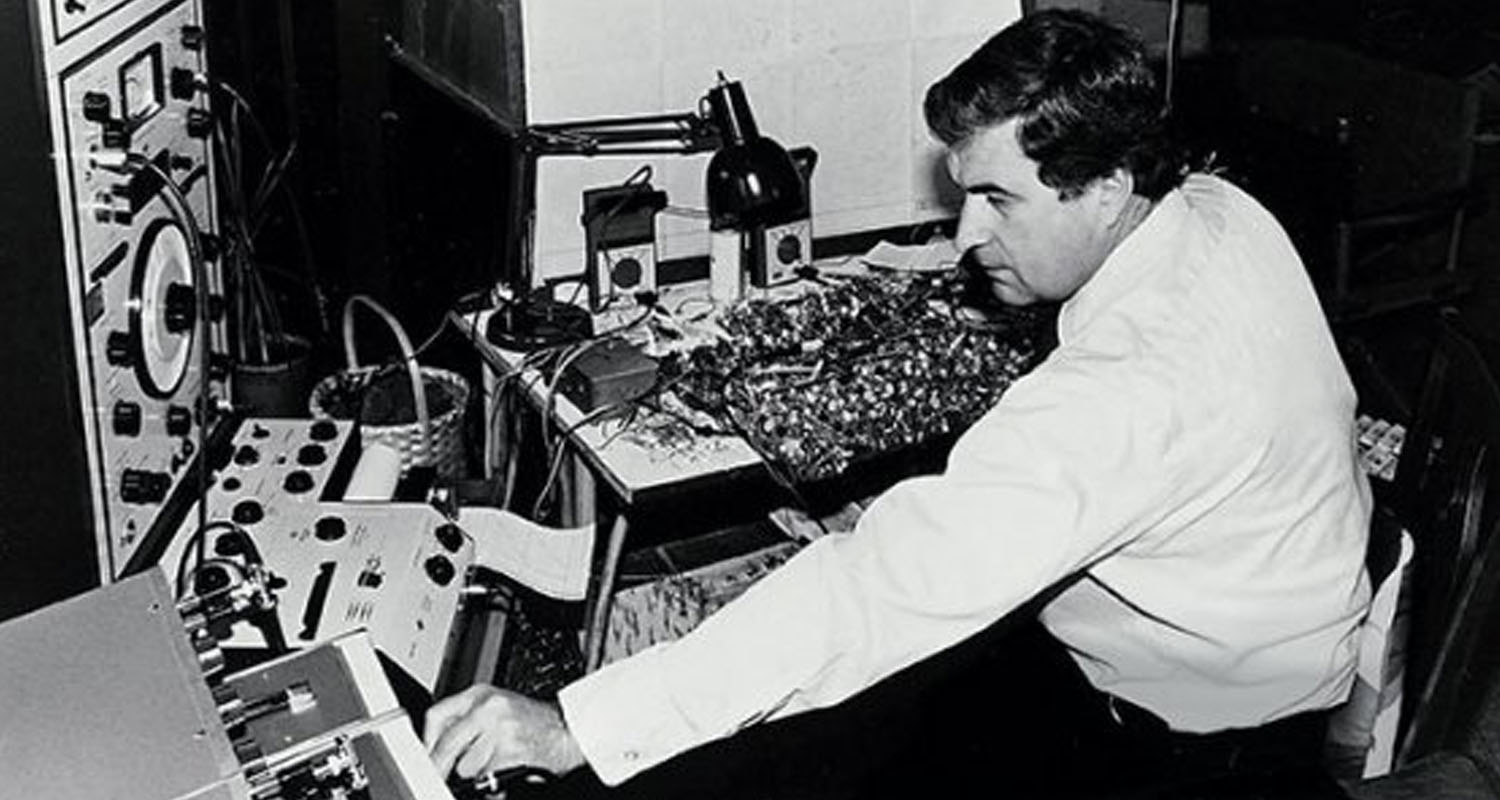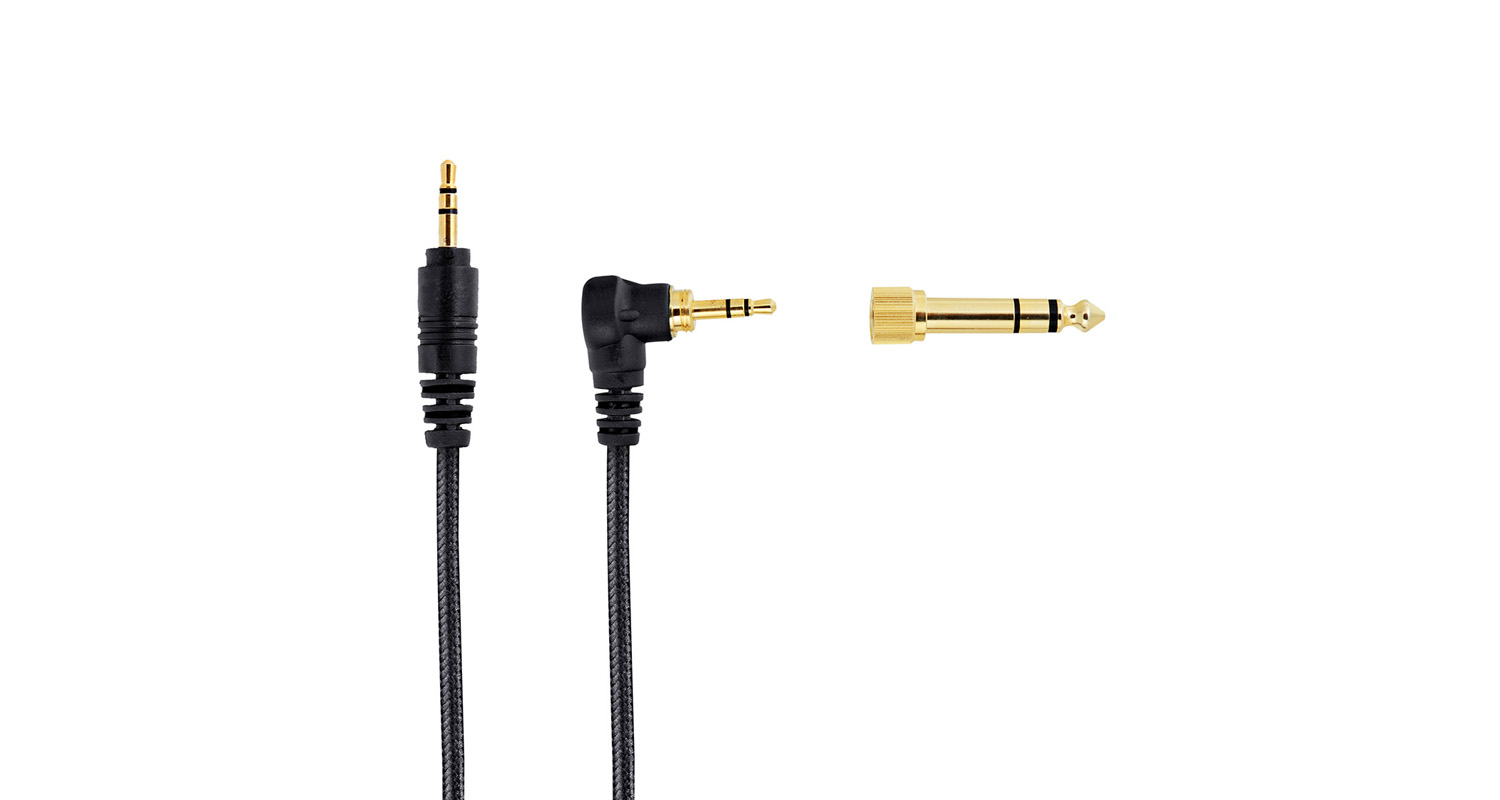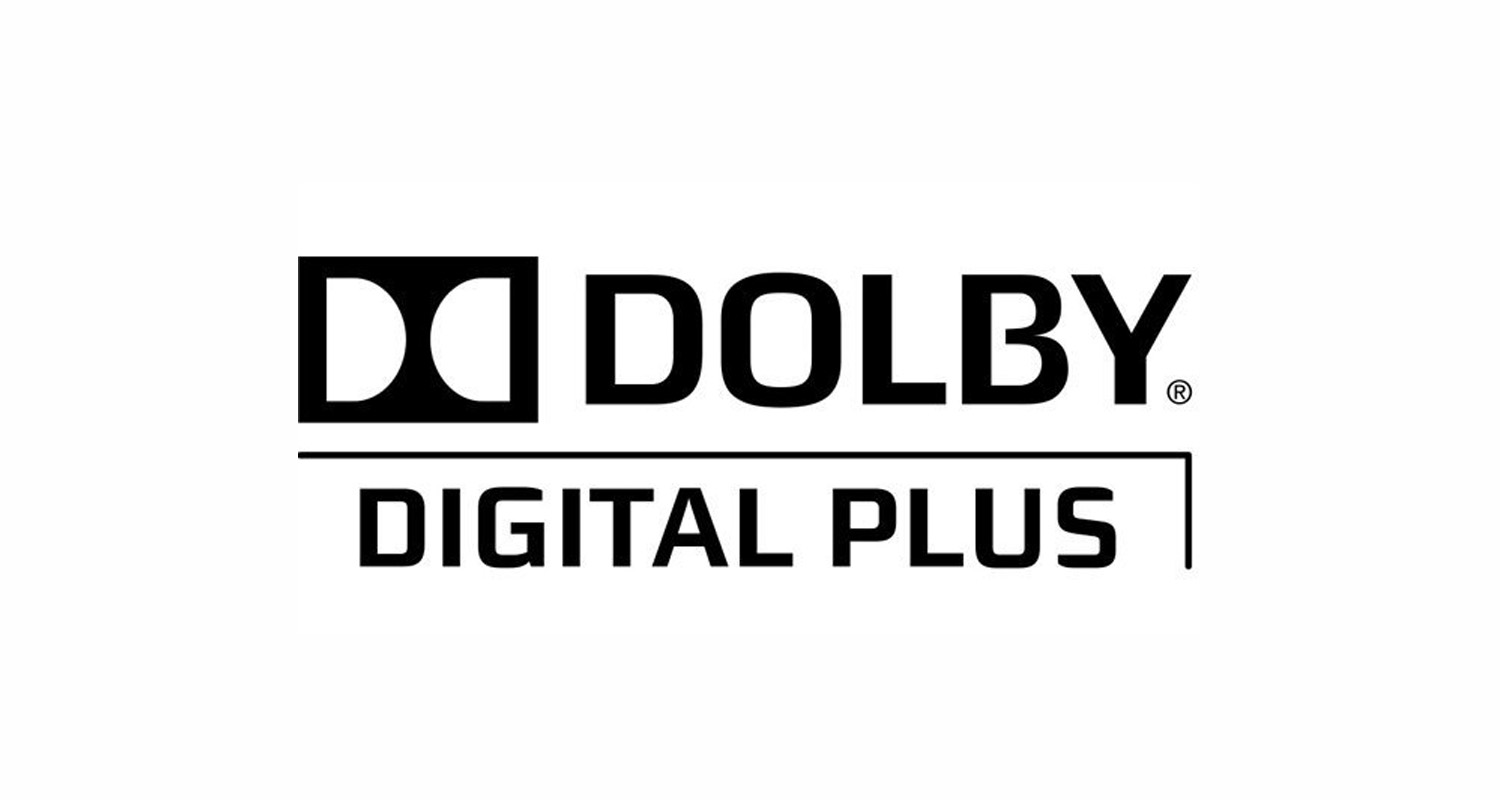This blog has paid tribute to a number of people whose contributions to audio completely changed the way we think about sound or experience movies. It would be remiss if we didn’t include the founder of Dolby Labs and inventor of many noise reduction and audio compression technologies: Ray Dolby.
Dolby & the development of noise reduction systems
The name Dolby is a classic eponym like sandwich, Celcius or, more gruesomely, guillotine – all names we commonly use derived from a person. When one hears the name Dolby, one automatically thinks of multi-channel surround sound systems. But before the American engineer and inventor from Portland Oregon revolutionized cinema sound, he developed way of improving technologies that have themselves passed into obsolescence such as Dolby Type B noise reduction for compact cassette tapes. Just because we no longer use these inventions doesn’t make them any less remarkable, especially since they led to the development of current sound technologies.
Already as a teenager, Ray Dolby earned extra pocket money working part time at the American electronics company Ampex where he came into contact with recording devices and audio tape recorders. After completing school, he studied electrical engineering at Stanford University interrupted by 2 years’ service in the army and later moved to the UK where he received a Ph.D. in Physics at Cambridge University. During this time, Dolby was already working on prototypes for video tape recorder technologies and before graduating, he was already assisting Ampex in the development of a quadruplex videotape recorder. The project was a success and Ampex successfully launched their quadruplex videotape machine in 1956. By 1965 the talented Mr. Dolby was working as a technical consultant for the UN in India where he encountered the problem of tape hiss while recording sitar music on his reel-to-reel. That same year he returned to England and founded the company Dolby Laboratories with four employees.
In the days of digital music, smartphones and streaming, Ray Dolby’s role in one of the most ground-breaking inventions in the history of audio technology, the compact cassette, is all but forgotten. It was here that Dolby celebrated his first big commercial success. Dolby became determined to find a way to eliminate the tape hiss that had affected his recordings in India. The hiss – something many had simply accepted as an unavoidable fact of life – covered many of the subtleties of the music and he was determined to force it into the background. This became the founding mission of Dolby Laboratories, which, in the very same year of its founding, came out with Dolby A, a system for reducing background noise in magnetic tape. Recording studios were quick to purchase the new technology. This success led to the development of Dolby B, launched in 1968. Along with the first car radio with cassette deck (Philips, 1968) and the Walkman (Sony, 1979), Dolby B contributed to the popularization of the compact cassette.
Revolutionizing cinemas with surround sound
For us at Teufel Audio, Ray Dolby’s most important invention relates to cinema sound. In 1971, the first movie with Dolby sound, A Clockwork Orange, was released – a movie which featured a great deal of classical music, including the innovative work of Wendy Carlos on a Moog synthesizer. This music was rendered more enjoyable for audiences thanks to Dolby noise reduction technology. After this, Dolby Labs started moving towards what would become a major invention for them: Surround sound. First experienced by movie audiences in the 1976 release A Star is Born, Dolby Stereo had four channels. This was in and of itself not a breakthrough. After all, in the 1950s, Cinerama and Cinemascope offered stereo sound, but the technology was magnetic, not optical like the picture part of the film, and many cinemas simply didn’t have the technology to play it back. For this reason, most cinemas continued to use mono optical soundtracks. Ray Dolby’s great breakthrough was to find a way to not just play back stereo sound; through clever use of matrix decoding technology, he gave cinemas a way to generate surround sound on stereo systems from the same optical print on which the picture was recorded.
So Dolby stereo technology was easy to use and cost effective. But would audience like it enough to make it the new cinema standard? While the musical drama A Star is Born didn’t actually showcase the full benefits of this new sound technology, a film released the very next year did. 1977’2 Star Wars made such good use multi-channel sound effects that audience and theatre owners alike were won over. Those theaters who did not yet own the necessary speakers placed around the cinema soon kitted out their theaters for Dolby Stereo.
Dolby didn’t stop after establishing surround sound as the new cinema standard. Dolby Laboratories continued to develop and fine tune the technology. One major leap forward was the introduction of Dolby Digital, first experienced in theaters with 1992’s Batman Begins, which took the soundtrack into the new digital age. Dolby Digital is a highly efficient compressed sound technology capable of encoding and entire six channel soundtrack onto 35 mm film. The channels include centre, left, right, left surround, right surround and the LFE (Low Frequency Effect), also known as the subwoofer channel. This was an improvement over the analog Dolby Surround available for home use since 1982 on Beta and VHS tapes which only offered 4 channels. Dolby Digital technology quickly became available on DVDs.
Since 2013, Dolby Laboratories have gone on without their founder, but the innovation shows no sign of stopping. Whereas the trend in the past has been towards more channels and larger speaker systems, both in cinemas and at home, new technologies seek to minimize the amount of equipment needed to achieve exciting cinema sound. In 2012, Dolby introduced the next revolution in cinema sound: Dolby Atmos. In what represents a real sea change in cinema sound, Atmos introduces a method of dynamic sound that his not channel based. Instead, up to 64 loudspeakers in larger cinemas are activated as needed to play back discrete sound objects without the soundtrack. With the Dolby Atmos system, this includes ceiling-mounted speakers for a true 3D sound experience.
Ray Dolby: Lover of good sound, engineer & audio pioneer
From noise reduction, audio compression and surround sound technologies, Ray Dolby was never satisfied with a sound experience that was less than realistic, exciting and thoroughly enjoyable. Thankfully for cinema fans everywhere, Dolby’s appreciation for great sound was coupled with a genius for technology.
During his lifetime, Ray Dolby was received many Emmys, Grammys, Oscars and various other awards. In 2015, he even received the posthumous honor of his very own star on Hollywood’s Walk of Fame, directly in front of the Dolby Theater. This is perhaps the most fitting tribute to a man who made movies exciting again, both in cinemas and our own homes.
Title picture: © Clyde Adams III „Ray Dolby: Technologies Transforming the Entertainment Experience“ Certain rights reserved. Source: Flickr.com




Leave a Reply